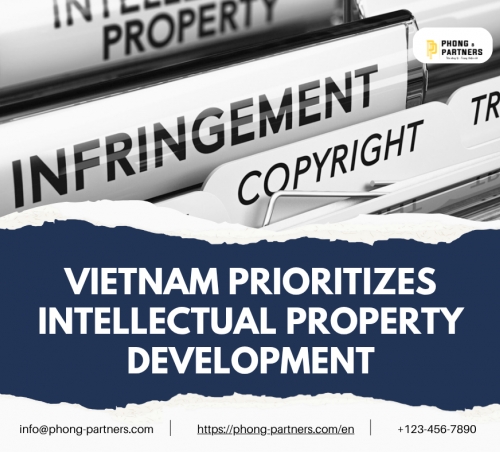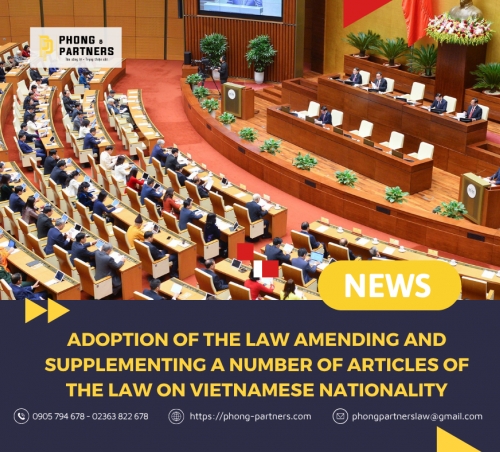1. Infrastructure is ready
The National Assembly is expected to pass the investment in an international financial center in Vietnam by June 2025, with Ho Chi Minh City identified as one of the selected localities for its development. Accordingly, the municipal government has proactively prepared infrastructure, human resources, and investment sites in advance.
Recently, the Ho Chi Minh City Department of Finance submitted a report to the City People’s Committee regarding the preparatory work for establishing an international financial center. Based on a careful evaluation of available factors and favorable conditions, the Department proposed two potential locations.
- The first proposed site includes a part of the core commercial-financial area (subdivision 1) and a part of District 1 located within the adjacent core zone (subdivision 5) of the existing 930-hectare central area of Ho Chi Minh City. According to the Department of Finance, District 1 is already a vibrant financial hub, with dynamic activities in finance, commerce, banking, logistics, and information technology. Therefore, locating the financial center in this area would enable it to become operational immediately.
- The second proposed site includes all functional subdivisions (except for subdivision 8) within the Thu Thiem New Urban Area, covering approximately 564 hectares. The central core area of 9.2 hectares has been identified as the location for constructing the headquarters of regulatory and supervisory bodies. Compared to District 1, Thu Thiem consists mainly of vacant land and is a large-scale development area, attracting investment in both hard and soft infrastructure, aimed at ensuring a synchronous, modern and international standard connectivity.
To determine the most optimal location for the international financial center, the City People’s Committee has directed relevant departments to review suitable land and property assets in order to propose the initial premises for the center's operations during its establishment phase.
Regarding information technology infrastructure for the International Financial Center, Ho Chi Minh City is deploying a 5G mobile network, with the goal of achieving full coverage across the entire city center, transportation hubs, stations, and airports… In the area comprising 11 land plots (designated from 1-1 to 1-11, covering 9.2 hectares) located in Functional Zone No. 1 of the Thu Thiem New Urban Area - the designated site for the proposed International Financial Center, technical infrastructure such as roads, electricity, water supply, telecommunications, and lighting has already been completed.
Ho Chi Minh City has carefully planned the development of human resources for the International Financial Center. The city has developed a specialized training plan for government leaders, public administrators, and professionals operating in the international financial market. In addition, new academic courses such as financial technology, artificial intelligence (AI), and big data are being actively promoted at the city’s universities and research institutes.
2. Facilitating inflows of Foreign investment capital
When investing in the International Financial Center, Ho Chi Minh City will coordinate with the Can Gio Free Trade Zone, the Can Gio International Transshipment Port, and the Cai Mep – Thi Vai Port. This combination is expected to create a financial hub for port enterprises and coastal economic zones, reduce the time required for international capital circulation and boost foreign investment flows into both the City and the broader Southeast region.
Currently, when investing in infrastructure, Ho Chi Minh City takes into account connections with the International Financial Center. In particular, the terminal of the railway line connecting Tan Son Nhat Airport and Long Thanh Airport is planned to be located in Thu Thiem. In the plan to invest in 355 km of urban railway by 2035, Ho Chi Minh City prioritizes investing in urban railway lines that connect to either the financial center in District 1 or the one in Thu Thiem.
In addition to transportation infrastructure, Ho Chi Minh City also considers developing a financial center space aligned with trade, services, entertainment, green space, community and sports for sustainable development in the long-term.
At the recent socio-economic meeting in May, the Chairman of the Ho Chi Minh City People’s Committee, Mr. Nguyen Van Duoc, confirmed that many international investors have expressed interest in investing in the City’s International Financial Center. According to him, the Government will propose specific policies at the current National Assembly session; therefore, the City is proactively taking a step forward to form a framework and prepare operational personnel.















